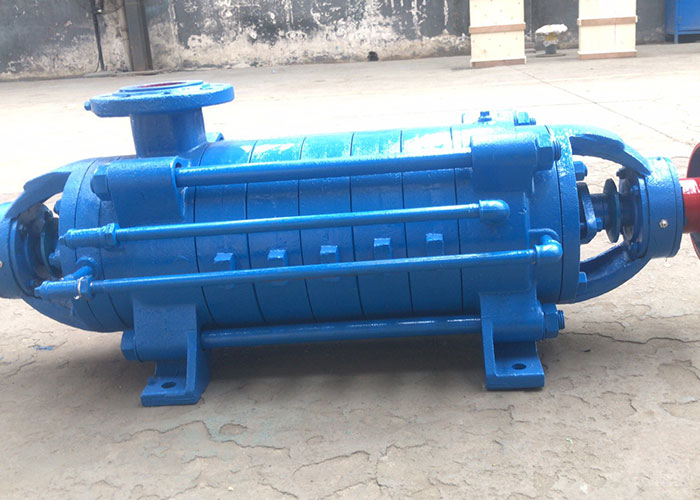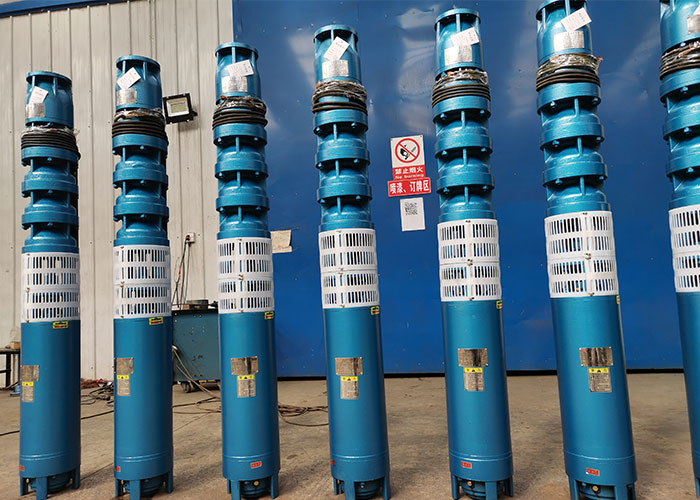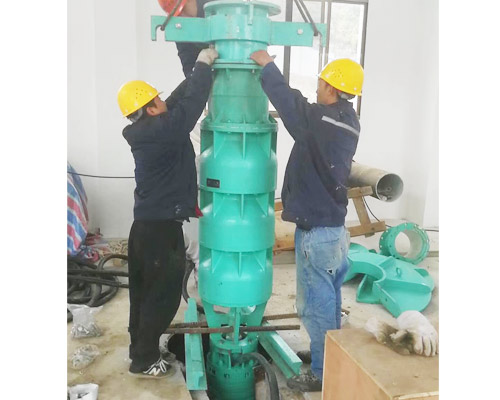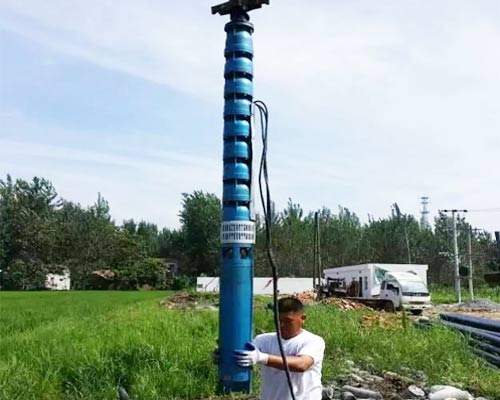- Electricity
1.Check working voltage and flow current of submersible water pumps regularly
2.Check thermal insulation resistance of the submersible pump to the ground regularly. After it works for 4-6 hours, stop the pump and check with megger, the insulation resistance of motor winding to ground should be no less than 0.5 MΩ.
3.Before operating, check sensitivity of thermal relay and working conditions of other protective devices
4.Check if cable is broken or not. For oil filled submerged pumps, pay special attention on bad effects caused by oil leaking to cable insulation rubber
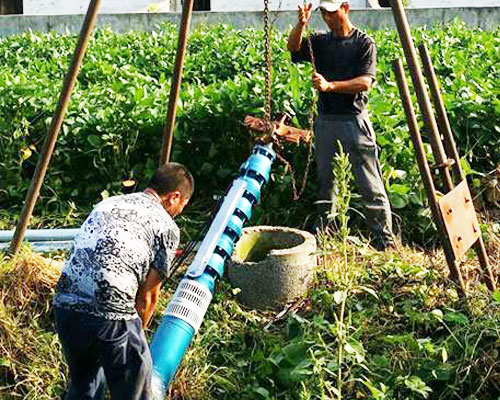
- Machinery
1.Check mechanical sealing conditions frequently and regularly. Open oil hole screw, release a small amount of oil, if water mixed in oil, it means grinding block sealing appears leakage. Then sealing box should be changed and new cooling oil must be added. If lack of oil or oil quality is in bad conditions, it should be filled with full clean oil immediately.
2.For new pump, after working for 50 hours, customers should unscrew waterproof sealing plug, and check oil or water leakage. Sealing system is in correct condition and can still be used when leakage is smaller than 5ml. If larger than 5ml, release all the water or oil and then tighten sealing plug, recheck it after 50 hours working.
3.Check the vibration conditions of motor.
4.Check bearings regularly, see if it appears leakage or is waiting to be changed.
- Others
1.Check if inlet filter is blocked and impeller condition
2.When pump kept unused for long time, take it out of water and storage in a dry and ventilated room
3.After working for one or two years, check and clean motor core pulling. If it is covered with dirty mud, immerse it into washing liquid for cleansing.
